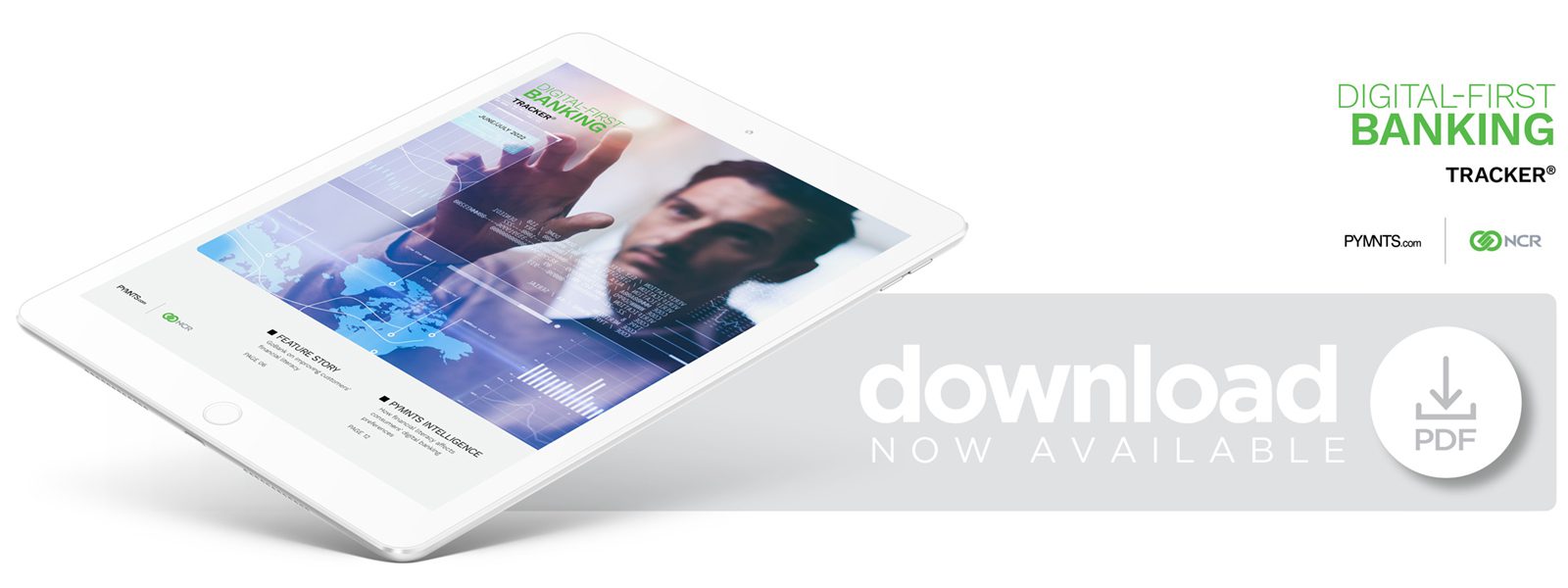PYMNTS Intelligence: How Financial Literacy Affects Consumers’ Digital-First Banking Preferences

Digital banking has become the standard banking method over the past several years, largely due to the boost it received during the course of the pandemic as bank branches shut down or reduced their hours, forcing consumers to turn online to do their banking. More than 65% of Americans currently use digital banking, up from 61% in 2018, and this trend is expected to continue as services that were once available only in-branch, such as loan applications and account openings, move online.
Digital financial services are particularly appealing to younger generations — and the reasons do not all have to do with their greater tech-savviness. One of the primary reasons for young people’s affinity for digital banking may be surprising: a lack of financial literacy compared to their older peers. This disparity in financial know-how derives from a number of factors, including lower spending power, a lack of familiarity with in-branch banking and coming of age amid a global health catastrophe.
In the absence of real-world experience, younger consumers are coming to rely on digital banking tools to educate themselves about financial matters. At the same time, they have high expectations of technology and tend to have a low tolerance for digital banking friction. Catering to this demographic as it gains market share will be a key priority for the banking industry in both the short and the long term.
This month, PYMNTS examines the issue of financial literacy among younger generations, how it affects both their needs and their expectations for digital banking and how banks can meet these demands with improved digital financial services.
Financial Literacy Among Demographics
Generation Z consumers are taking their first steps into the banking world and, at first glance, appear to be financially precocious. Half the generation currently has some sort of long-term investment, with 26% of these investors saying they have money in the stock market and the rest in alternative investments, such as retirement accounts, 401(k) plans and cryptocurrency. Financial investments, however, do not necessarily correspond to financial literacy. Just one in four Gen Z consumers say they could adequately explain how the stock market works, and overall, members of this generation have the lowest confidence in their financial knowledge of all generations surveyed, including millennials, Generation X and baby boomers.
One of the largest causes of this deficit of financial understanding is an educational system that fails to provide this knowledge. Forty-one percent of high school students in a recent survey reported that their schools have no financial literacy classes. More than half of teenagers said they were worried about financing their futures, with 70% saying that increased college costs have forced them to change their plans after high school graduation. While nearly half of states currently mandate financial education courses and more are implementing requirements this year, the damage may already be done for young adults past high school.
Younger consumers are both drawn to digital banking technology and are becoming more reliant on it for financial knowledge. Younger demographics also have high expectations for the technology and have little patience with inconvenient digital banking experiences. It is incumbent on banks, therefore, to pick up the slack and provide both informative and friction-free digital banking experiences that meet these consumers where they are.
How Digital Banking Tolls Aid Financial Journeys
Mobile apps are one of the key tools that banks can deploy to make their banking services more seamless. Chase Bank found that 73% of consumers were leveraging these apps once a week or more by the end of 2021, an 8% increase year over year, and 62% of individuals said they could not live without this service. Consumers viewed these apps as significant components of a seamless banking experience, with 66% saying they use them for their convenience, 57% for their ease of use and 46% for their time-saving capabilities.
One challenge that banks are facing in their quest to improve digital offerings for less financially literate customers, however, is that consumers’ usage of digital banking tools directly corresponds to their financial savviness. One study found that 44% of consumers who described their financial skills as “expert” leveraged digital banking tools more often this year than last year, while those who called themselves “savvier than most,” “somewhat savvy” and “not financially savvy” reported increased usage at rates of 24%, 18% and 17%, respectively.
Some banks are taking direct steps to improve their customers’ financial literacy beyond just providing seamless experiences. Bank of America’s financial wellness program, for example, saw more than 5 million sign-ups as of last year, and participants in the program increased their account balances by a total of $34 billion. Improving financial literacy in this way can result in a positive feedback loop as more financially literate consumers leverage digital apps, improve their banking experiences and learn more about healthy financial lifestyles.
